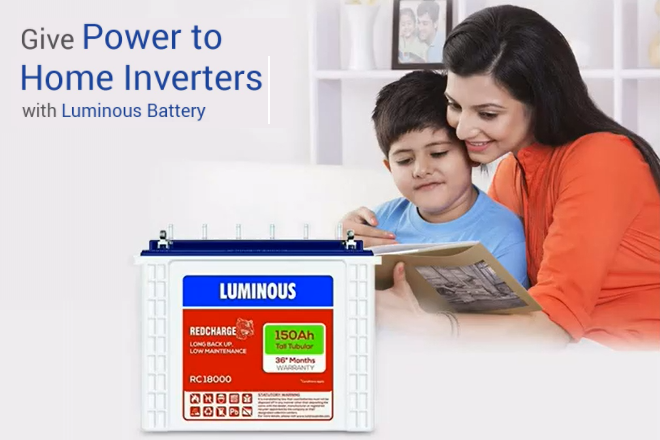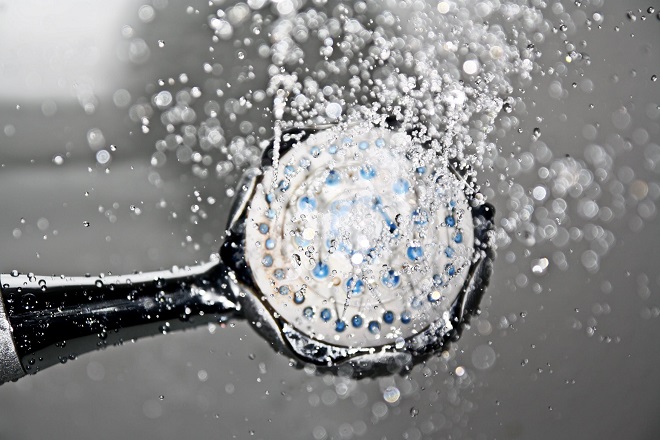Not only does a leaky, dripping showerhead generate water waste. This pretty typical family problem is relatively easy to solve by yourself before you consult a professional (depending on the cause of the problem).
Before you began
It can signify one of two things if a showerhead is described as ‘fading.’ First of all, you can enjoy a shower while the river is dribbling from the showerhead instead of spraying in a forceful torrent. It is usually because sediment or limes are blocked in the shower’s body, preventing water from smoothly flowing from the many opening ports in the storm’s body. When you see this, when this is the problem, the problem frequently develops over weeks. The torrent lessens progressively until it is dribble rather than spray.
It’s not a leaky showerhead, strictly speaking, but one that’s not flowing properly. The repair is straightforward, and the showerhead has to be removed and cleaned. Or, the whole showerhead can be simply replaced, which makes repair relatively easy.
Dushes can also go away — even though the roughness is in an OFF position allows a tiny amount of water to flow. Difficulty in leaking baths is caused by problems with inserting the cartridge in the valve, which controls the flow and the mixture of hot and cold water through the body and to the bathroom or bath. The repair is to unscrew the hull and substitute the malfunctioning cartridge that monitors water flow. This is a simple DIY chore, which will need sooner or later for every shower.
Tips to Repair the Leaky Showerhead
Turn off the water supply
To the entire home, shut off the main water. Have a handy towel—your water supplier might be switched off, but the pipe might still have water left.
Eliminate and investigate
Remove the showerhead with your hands by tearing it off the pipe and using pliers or a crooked wrench to unplug it if your head stays tight (as commonly does if it hasn’t been removed in a while). Look for a minor plastic washer or rubber o-ring inside the showerhead. This component is often worn and tear, which can drip a showerhead and drip away. Over time, it dries up and is fragile, therefore reducing its holding capacity in water. Substitute it if it seems worn or damaged.
Tips to Protect Showerhead from Harm
Place towel or significant rag on the shower floor to protect it from harm if a tool is dropped. Cover the drain so it does not go down by accident any of the tiny portions of the showerhead.
Don’t force anything, remember. Do not tighten it up to the point that you break something or crush something and then need to take on a more significant project, regardless of whether you take away the showerhead or put it in.
Disinfect the Showerhead
Since you’ve got the showerhead off, it’s a great time to clear the shower, mainly when you observe a deterioration inflow. Mineral deposits or sediments can often be left by hard water inside the showerhead or on the stem (where the pipe connects to the showerhead). The water pressure and the stream are greatly affected and can lead to a leaky showerhead.
Mix the water and three cups of vinegar in a small cooking pot or kettle and bring to a boil. When it begins to boil, remove off the fire. Put the showerhead in the solution and leave it to sit for roughly 20 to 30 minutes, except for any rubber part that may remove. Then remove and rinse and scrub jets with an old toothbrush inside and outside; do that until no deposits are left.
Tape It Up
The next step is if the washer or O ring looks fine or it has been changed, carefully cover the threads with Teflon® tapes on the pipe stem. However, don’t overdo it with tape. Envelop a thin strip at the very tip of the pipe stem around the threads.
Join the Shovel
Tighten up the showerhead by hand until you can no longer spin it. Use pliers to turn it in the end. Do not think you can turn too hard or shatter the showerhead or tube.
Water Turn on
Turn on the water and run your shower for a couple of seconds. Just turn it off. Turn it off. Wait a few minutes to see if a trickle or leak is still there.
Fix the Leaky Showerhead or Shower Faucet
You can have a water leak in the shower faucet if you have fixed the showerhead and the leak persists. This is generally a worn-out washing machine on the shower rod that can simply change. You don’t have a plumber to contact. To do it yourself, follow these steps.
Cut Off Water
Shut the water off the shower controls upstream. Your house can be fitted with intermediate valves, commonly behind a wall panel on the other side of the shower. Certain water valves with shower valves are integrated into the hot and cold water supply tubes; you simply turn them into your hot and cold water supply tubes with a screwdriver so that the water is not flowing from them. These shut-offs will be visible once the shower rocket plate is removed.
Take out the Faucet Handle
At the end of the shower hopper, you may have a cap that may be removed with a screwdriver or tool knife by carefully prying it. Remove the handle screw with the top off. In certain circumstances, you may need to remove the handle screw with a hex wrench.
Take out the Escutcheon Plate
Usually, the valve with a broad face or scout is covered. Remove the scout off the wall by eliminating the assembling scouts. To remove this, you may have to cut a caulk bead around the escutcheon.
Take out the Retaining Clip
The hopper cartridge is generally fitted in the hopper with a metal holder clip. Pry this U-shaped retention video with a flat-head screwdriver carefully. If the end of the cartridge contains washers, remove them.
There is also a hexagonal nozzle on some shower ropes to remove the cartridge.
Remove the Cartridge
Slide-out of the rock body of the existing cartridge. Cartridges usually slip directly into and out without rotation or twisting. In certain circumstances, though, you may have to pull and pull the channel lock to the stem.
Replace the Cartridge
When the tab is aligned to the cartridge, the replacement shower cartridge will slot directly into the body of the hack. Replace the retention clip and hex screw, if present, after inserting the cartridge. Substitute all washers that you have removed.
Escutcheon and Handle should be replaced
To replace the control pad and escutcheon plate, reverse the previous steps. Turn on the spring water. Test the shower by turning it on and then off numerous times again to ensure that the new cartridge correctly controls the water flow.
I’m Jensen, and I publish articles in the metal and storage buildings market for the Storage Building Central. They are the leader in the storage Buildings market. To offer customers the ideal and high-quality services and products are Storage Building Central’s priority.




